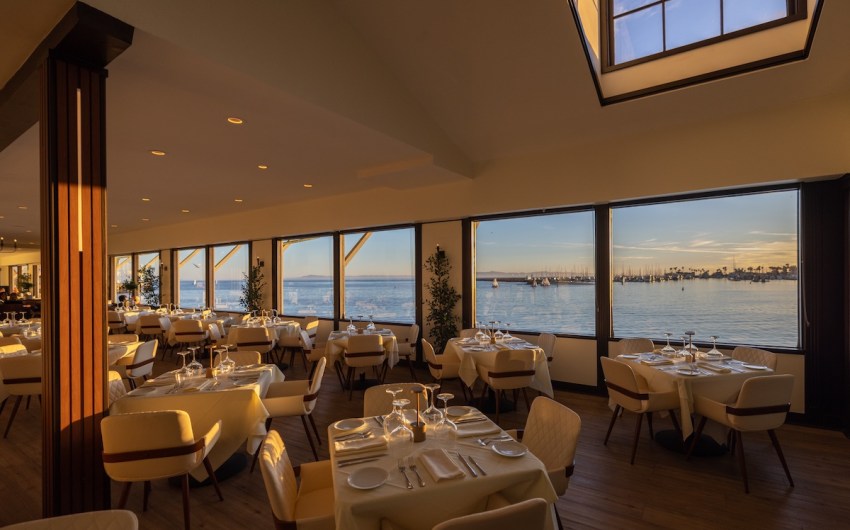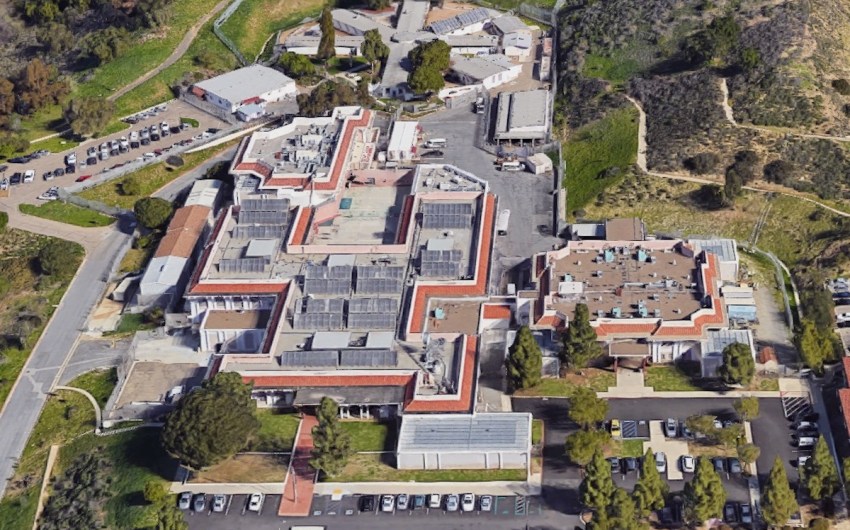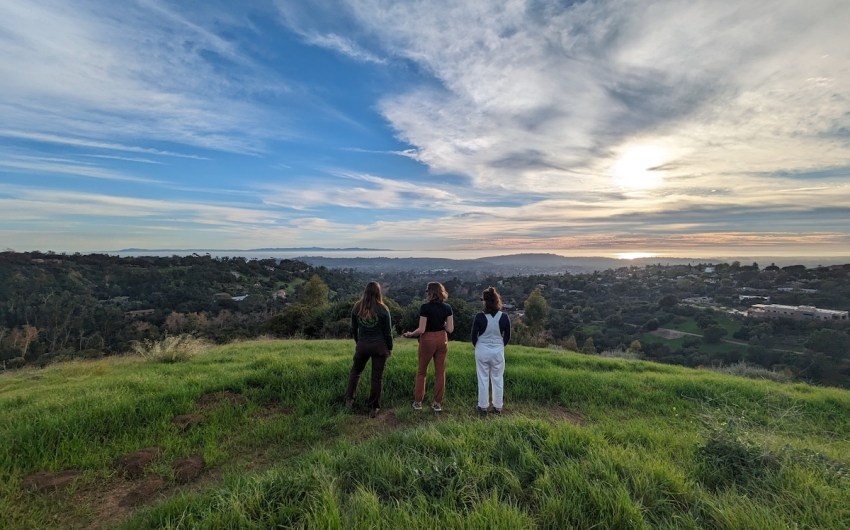Meeting Our Housing Crisis
Small-Scale, Local Developers Doing Infill Projects Provide Many Pluses

Housing, as well as the national economy, underwent a seismic shift around the Second World War. Prior to the war, shelter was available to everyone, but it was frequently overcrowded, prone to fire, plagued by sanitation issues, and, like the economy, subject to boom and bust cycles. The success of the U.S. war effort together with postwar housing demand led to mass production of a more permanent, standardized type of housing — the single-family suburban development.
The expanded involvement of the federal government during the Depression and the war encouraged government intervention to dampen swings in the housing market and the economy. It innovated long-term mortgages and mortgage guarantees.
Standardized zoning regulations and safety building codes appeared. Although these were considered steps forward, the housing industry started focusing more on housing as investment rather than as shelter. As a result, housing became the underpinning of economic growth and wealth creation. The mortgage evolved into the foundation stone of our entire banking system and eventually the U.S. economy. To keep the economy healthy, housing prices had to keep appreciating. Everyone benefited except renters and those who couldn’t afford to get into home ownership.
Just as home mortgages became traded securities, eventually rental properties started being bundled and bought by speculators. Smartphones, tablets, and cloud computing made it possible to manage rentals from afar. The main goal became maximizing rents. Both home ownership and rentals became increasingly unaffordable. Thus, the housing crisis of today.
What can be done? California, like other states, is intervening to increase housing diversity, streamline the approval process, and impose new housing quotas. The state’s push for speedy permitting with fewer requirements for accessory dwelling units (ADUs) has already added a lot of housing across the state and also here in Santa Barbara. But how do we accommodate the 8,000 new housing units mandated for our community?
All neighborhoods in Santa Barbara will need to build some of these 8,000 units. In addition to ADUs, duplexes, triplexes, and fourplexes could be allowed. Restrictions on small apartment buildings could be removed. Mandatory parking requirements are already being relaxed. People could be helped to do simple remodels to rent out rooms. The city could help train small-scale developers to navigate the permitting and financing of projects. Neighborhood aesthetics would barely change with this approach.
Long-range planning requirements, traffic studies, historic preservation, and design reviews need to apply to large-scale developments but minimally to small developments. More infill housing would increase the city’s tax base without requiring expansion of sewers, utilities, and stormwater management. More housing, minimal disruption, and more money in the city’s coffers. Is this not how we should proceed?










